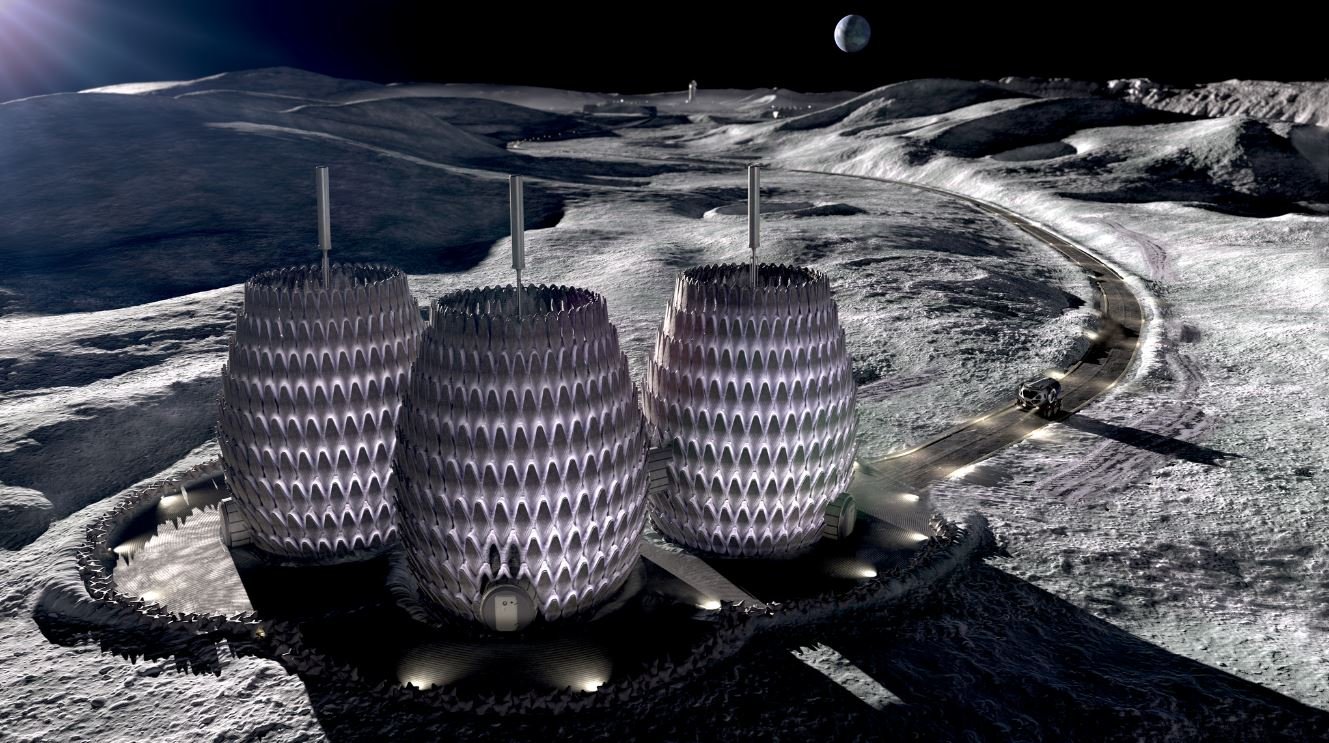In 1969, astronaut Neil Armstrong was the first human to set foot on the Moon, and ever since then humanity has been dreaming of the day when it would be possible to build a Moon base complete with houses and other structures. But it looks like this won’t last long: United States National Aeronautics and Space Administration (NASA) Housing must be built on a natural satellite by 2040.
In its article published in The New York Times, NASA explains that it plans to build houses that will serve as housing for astronauts and civilians who will travel to the Moon after 2040. To turn the idea into reality, the North American space agency will send a project. printer Giant 3D to the Moon; Moonstone will be used to create a type of concrete that will allow the construction of structures.
NASA has partnered with ICON, a construction technology company, to help develop excellent infrastructure on the lunar surface. Besides houses, The company will also be responsible for the construction of airstrips and roads. Prices for accommodation in lunar residences for civilians have not yet been announced; It probably won’t be very cheap.
“We’re at a pivotal moment, and in some ways it feels like a dreamscape. In other ways it feels like it was inevitable that we’d get here. We’re bringing all the right people together, at the right time, on common ground.” “I believe we will achieve the goal. Everyone is ready to take this step together, so if we improve our core capabilities, there is no reason why this cannot be possible,” said NASA Technology Maturation Director Niki Werkheiser.
NASA and houses on the Moon
Experts of the space agency imagined this: if it is possible to build houses on Earth from materials produced from terrestrial minerals with 3D printers, perhaps it will be possible to do the same with natural materials found on the lunar surface. They explain this Living on the Moon will not be a reality for most people currently alive, but for young people the ‘dream’ is real.
Since humans have not set foot on the Moon for a long time, NASA created the Artemis mission to ensure humanity’s return to the natural satellite. In November 2022, Artemis I successfully journeyed into Moon orbit; In November 2024, the agency plans to send Artemis II on a similar trip with four crew members; Later, In 2025, Artemis III will send its crew to land on the Moon. Two more manned lunar missions are expected to be sent before the beginning of the next decade.

“I wish I were around to see this. When we talk about a sustainable human presence, to me that means there is a settlement on the Moon and people living and working permanently on the Moon. What that can be is limited by the imagination of entrepreneurs,” said NASA Marshall Space Flight Center Science and Technology Office Senior Technical Advisor Raymond Clinton Jr.
Did you like the content? Follow the latest developments in astronomy at TecMundo and get the opportunity to discover how living in space may harm astronauts’ immune systems.
Source: Tec Mundo
I’m Blaine Morgan, an experienced journalist and writer with over 8 years of experience in the tech industry. My expertise lies in writing about technology news and trends, covering everything from cutting-edge gadgets to emerging software developments. I’ve written for several leading publications including Gadget Onus where I am an author.













